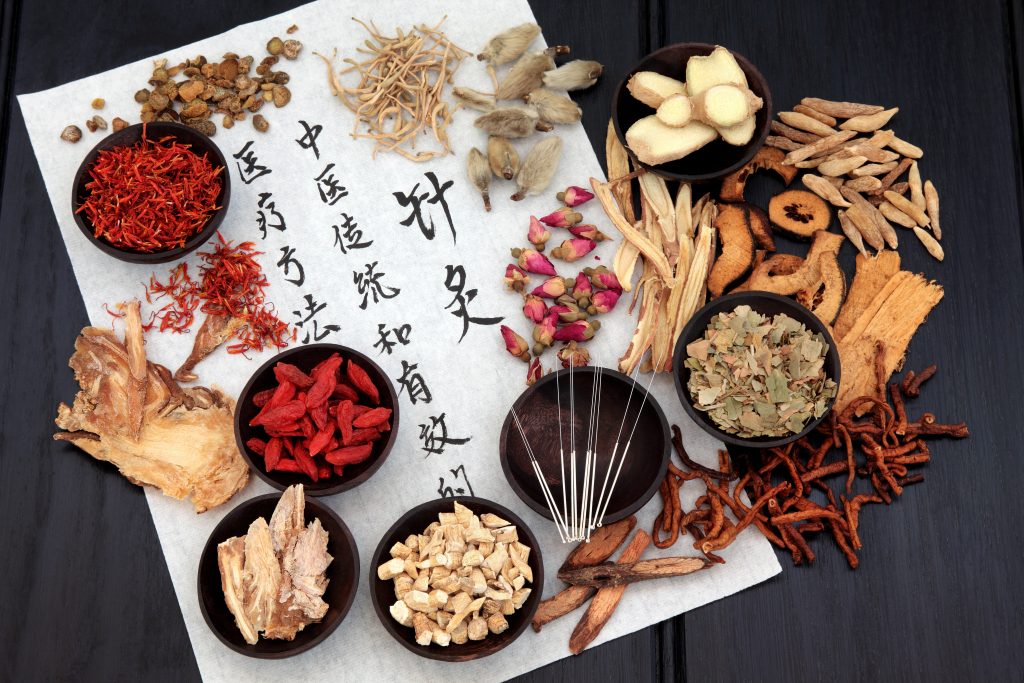
Acupuncture terminology is second nature to those of us working within the field, but some of the vocabulary is foreign to many people. It is essential for us to define and explain these terms in order for us to understand them better and know their purpose. In fact, acupuncture terminology is quite different from western medical terms that we already know and hear from our doctors and other medical practitioners.
Here are some of the most popular acupuncture terms and their meanings:
Qi also pronounced as “chee”
The Chinese word qi has so many translations, but it’s commonly known in TCM as vital energy or life force. Many practitioners associate it with oxygen and blood since these two elements flow in the vessels of our body to maintain life.
Acupuncture points or Acupoints
Acupoints are all over our body and there are 1000 known points where therapeutic methods like acupressure, acupuncture, massage, moxibustion, and essential oils can be applied. These points have a specific effect on our organ system and they are also responsible for the circulation of the meridian. Acupuncturists use approximately 60 to 100 points in a single treatment.
Blood and blood deficiency
In TCM, blood is used as a broad term and it is a significant element in the body that moistens tissues, hair, skin, muscles as well as nourishing organs and cells. Blood deficiency is commonly known as the lack of blood or flow of blood in a particular organ which can lead to dizziness, anaemia, dry hair or skin, absent menstruation, pale skin, insomnia or poor memory.
Cold
It is referred to a state of decreasing function of an organ system that can lead to chills, body aches, fatigue, poor circulation, diarrhoea, pain in the joints, slow movement, and craving for heat.
Cupping
This is a therapeutic method where suction is used to increase the circulation in an affected area to alleviate pain. This method is most effective for spasms, muscle strain, or congestion.
Electro-stimulation
This is a popular method where low voltage electricity is used to stimulate acupuncture needles.
Five phases
Traditional Chinese medicine refer to them as five steps or elements that governs a series of intertwined functions and structures like colour, odour, sound, and corresponding emotions to diagnose and treat the mind, body, and spirit.
Herbal medicine
These are natural rhizomes, twigs, roots, leaves, bark, seeds, skin, flowers, and minerals used in treating a particular condition. A common formula consists of about 12 herbs which can produce a balanced and potent mix. They are usually taken 2-3 times per day over weeks or even months depending on the type of condition a person has.
Jing
This is known as the substance or essence that is responsible for regeneration and reproduction. It also regulates the body’s growth and development and often work with Qi to protect us from harmful external factors.
Qi Gong
These are set of exercises designed to move qi, so we can regain our physical emotional, and spiritual health. Usually, these are meditative activities that can have a positive impact on our internal wellbeing.
Stagnation
This is a condition whereby the qi is blocked by a phlegm or fibroid which prevents it from flowing freely. This condition could lead to various diseases and illnesses.
TCM
This is the abbreviation for Traditional Chinese Medicine which uses traditional treatments like acupuncture, nutritional therapy, restorative physical exercises, meditation, and massage.
Tonify
A process of supporting, nourishing, or strengthening of blood, qi or a weaken organ system.
Yang
This is a significant element in TCM that represents heat in our body which can generate and maintain warmth and circulation. It is also associated with masculinity (male) and warmth.
Yin
This element represents cool including the most important substance in our body – our blood. Yin moisten the tissues and organs in our and is associated with the feminine or being rooted or grounded.
Learn about our acupuncture services here.
